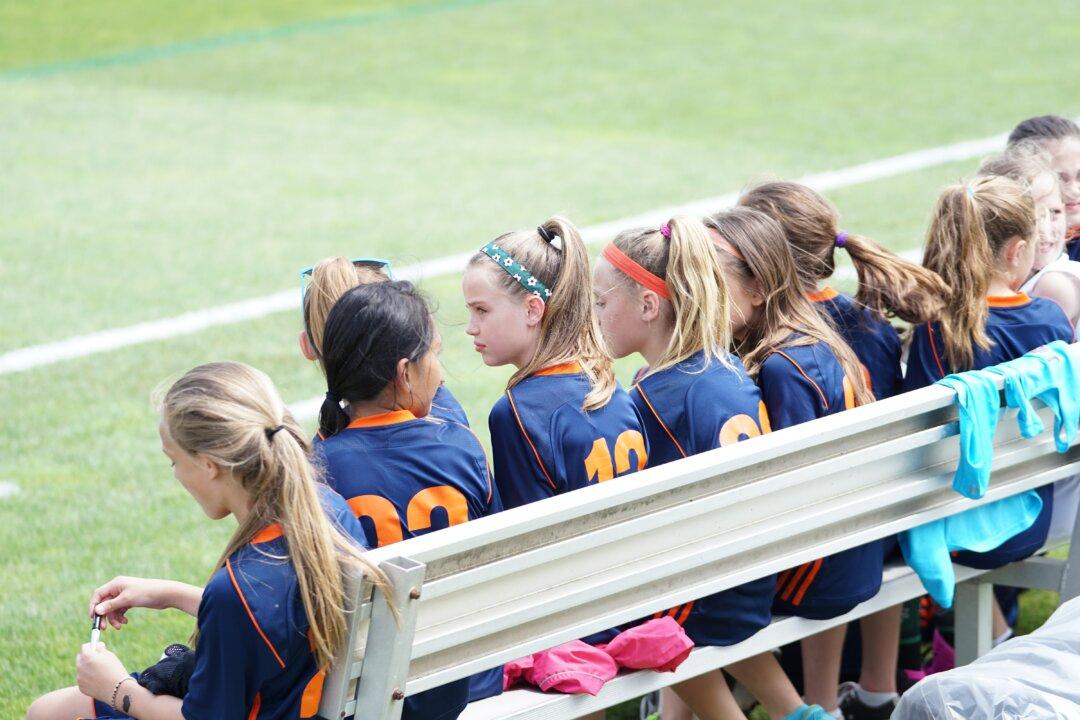An Australian study has found that while girls continue to experience benefits from sports, they are more likely to quit sports two years earlier than boys, with participation rates dropping off sharply between 13-15 years old.
“There are a number of social, psychological and physical benefits to playing sports, but we already know girls are less likely to ever take it up, and those that do, drop out at a much faster rate than boys,” Professor Murray Drummond, Director of the Sport, Health, Activity, Performance and Exercise (SHAPE) Research Centre at Flinders University, said.





